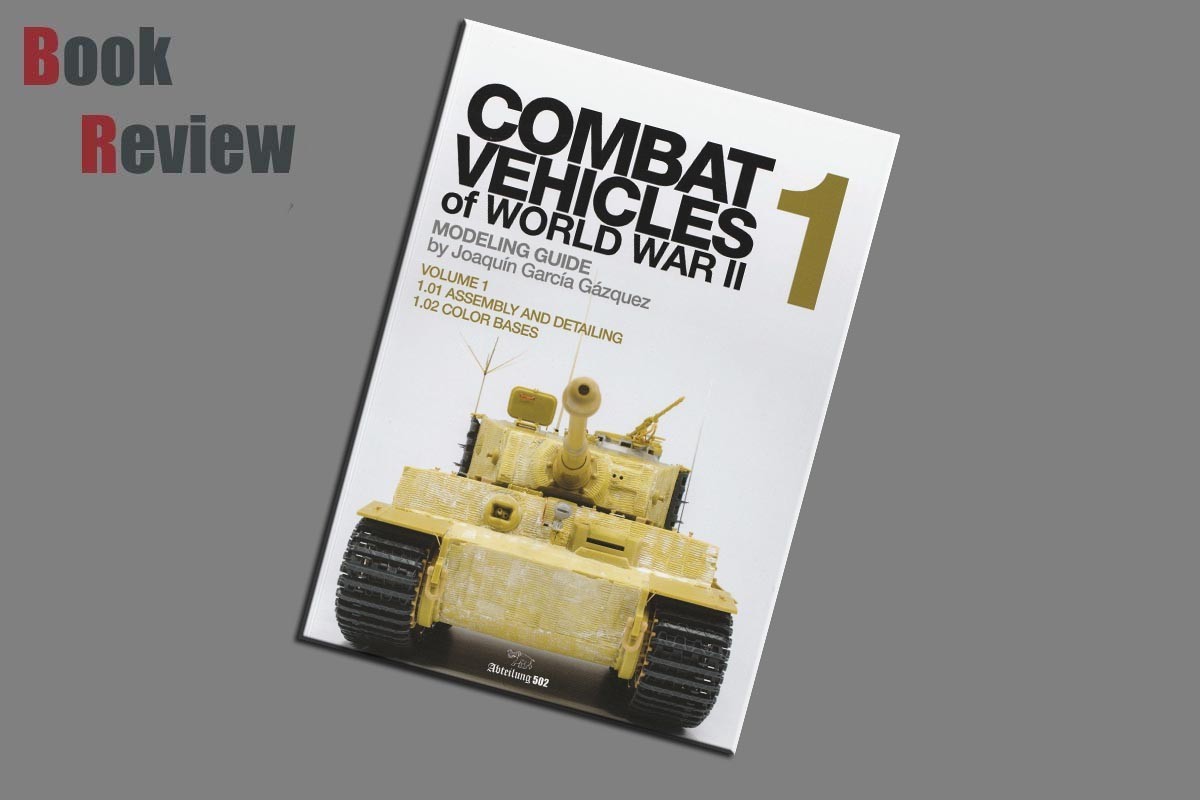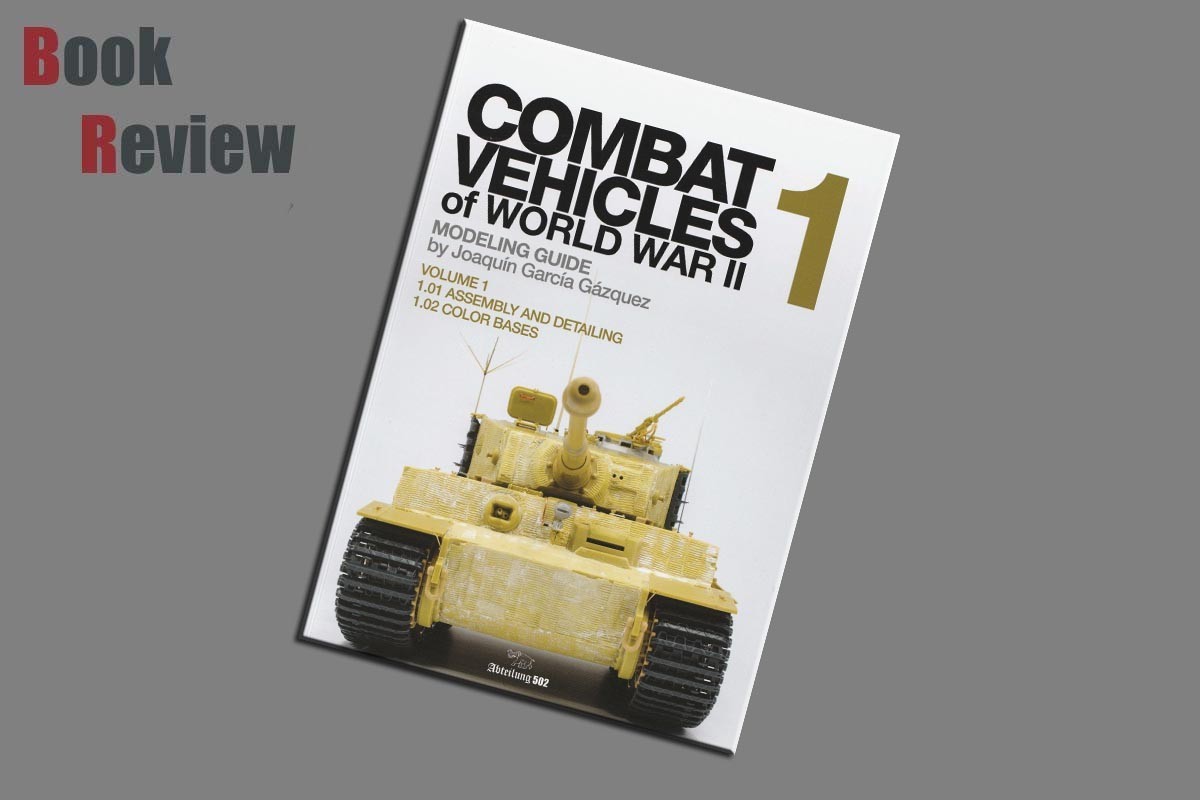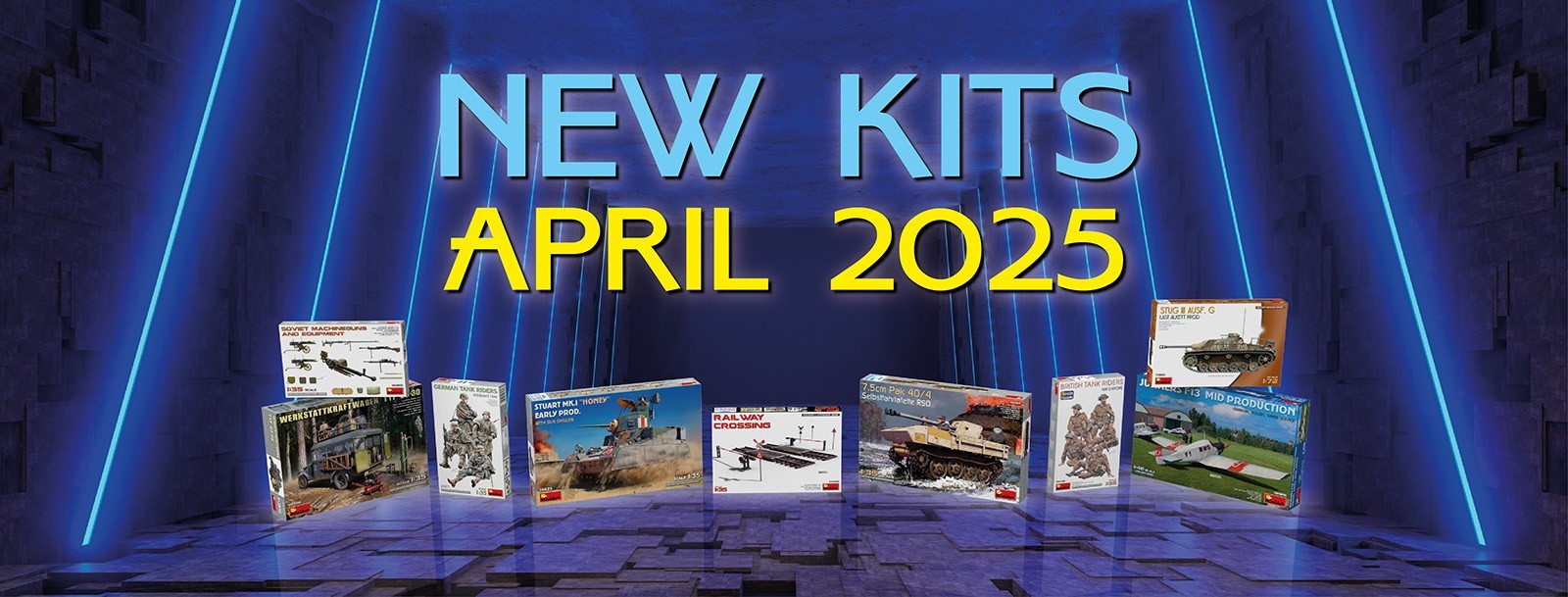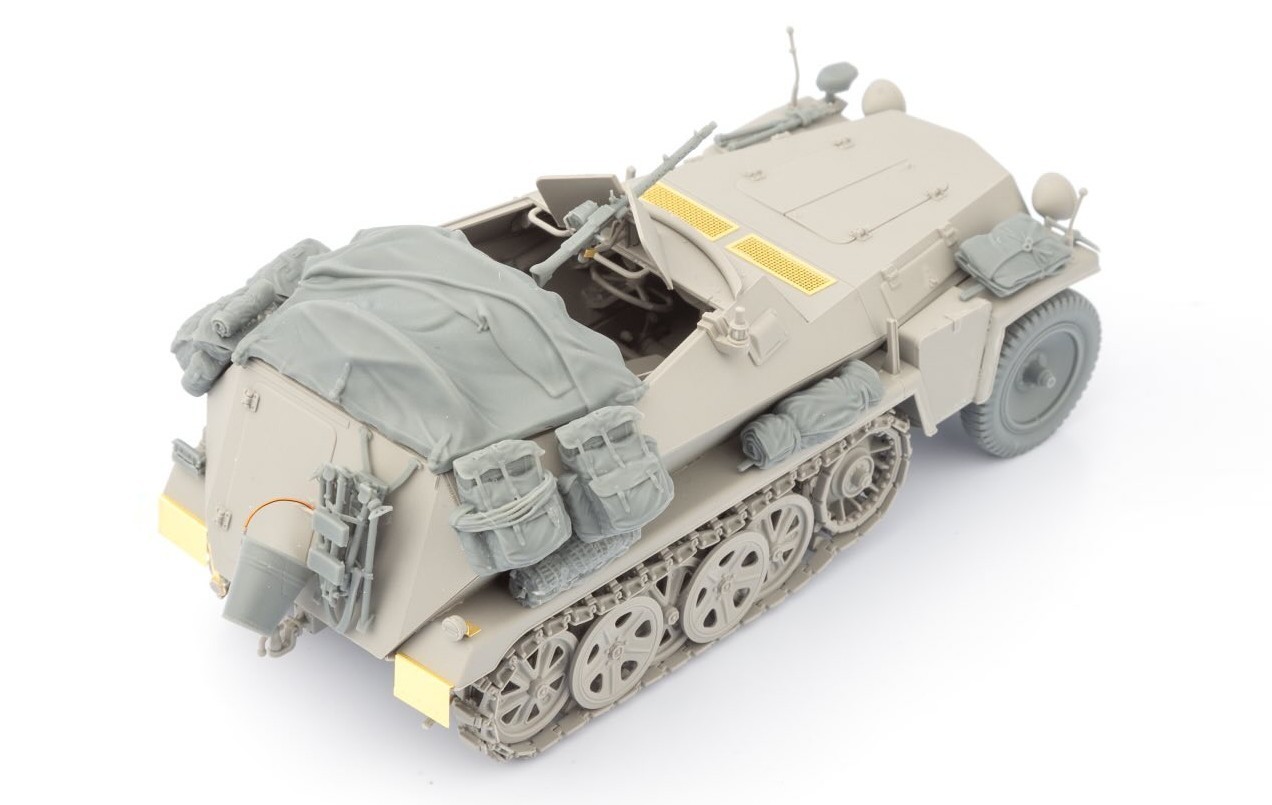
Introduction
I was recently sent a book from AK Interactive, looking at modelling WWII vehicles. I will be honest before opening the book, I was thinking “What is going to make this one different from all the rest”? Upon opening I was in for a surprise, and a pleasing one at that.
Review
This book from AK Interactive is credited to Abteilung 502. The book itself is a soft backed offering, with a good card cover in high gloss. Both the front and rear covers have a page saver attached to enable you to save a location. The author of this release is Joaquin Gercia Gazquez. This first volume has 2 main chapters, which are broken down into sub-sections. These main chapters are:
Assembling and Detailing:
• Plastic Parts
• Photo Etch Sets
• Metallic Wire Pieces
• Textures
• Resin Parts
• Builds
Main Chapter:
• Colour Bases
• Requirements
• Air Brushing
• Camouflage
• Natural Steel
• Badges and Insignia
• Colour Charts
This book approaches the subject of plastic model making, from the very basic including covering tools and equipment you may require for the hobby and then slowly but surely progresses to more and more difficult techniques for improving a model, or for that matter improving what the manufacturer has provided. A good example of this is showing you how to make your own springs. Perhaps one of the troublesome areas modellers come up against most often is Zimmerit. The author covers the application of pre-made resin Zimmerit sets, and then also covers the DIY paste Zimmerit and applying things such as Milliput to replicate your own Zimmerit patterns on your work.
What I like about the way the author has approached this title, is that he calmly approaches a subject and covers the tools needed, the best application methods, and gives you clear and precise instruction on how to achieve the results that we all admire, in others work. The aspect of his approach that appeals to me most is that he does not say you have to use product A, with tool B to achieve C. He shows you how he does it, which then gives you the faith to attempt not just the method used in the title, but using the same methodology with different products. I also like that the tactics utilised are in the same place, rather than hunting through the book for information. The author closes chapter one, with a look at the built models used to demonstrate the techniques before painting.
Many of us on the site are using air brushes, how many of you have struggled and messed up on several occasions, before getting it right I suspect? The author goes through the various types of air brush available, but points you in the direction of double action air brushes. I have to say that I agree the best results can be achieved with this type of brush, but I would also say, it is possibly the hardest type of air brush to master. In use the author takes us through various types of camouflage, as well as looking at pre-shading and in some cases adding those special details, to put you on the path to a better model.
Conclusion
This offering from AK Interactive, via Abteilung 502 is a well presented book, that is well written and extremely well organised. The author knows his subject well, and while I may not always agree with his approaches, and I did not always learn something new. It is a book to set you on the path, and will give you various ways to achieve a result, but there is room for you to change aspects of the technique and to add your own twist, which I feel makes modelling enjoyable. It is obvious to me that this is the first part of perhaps many, as it would appear that the author will release further volumes, looking at areas such as weathering.




























